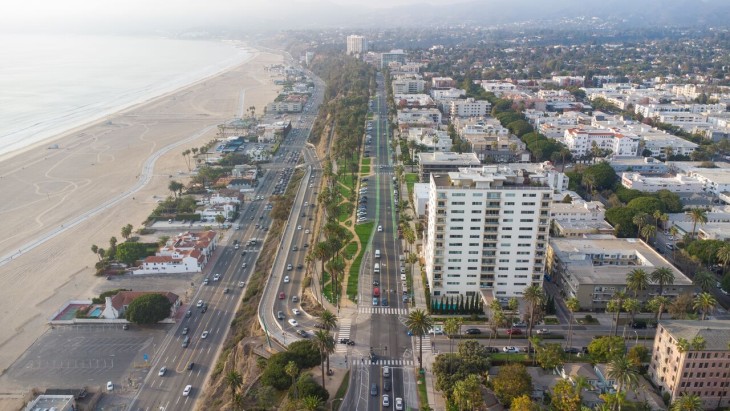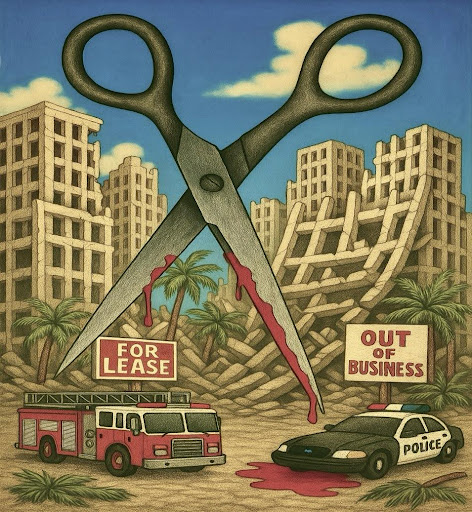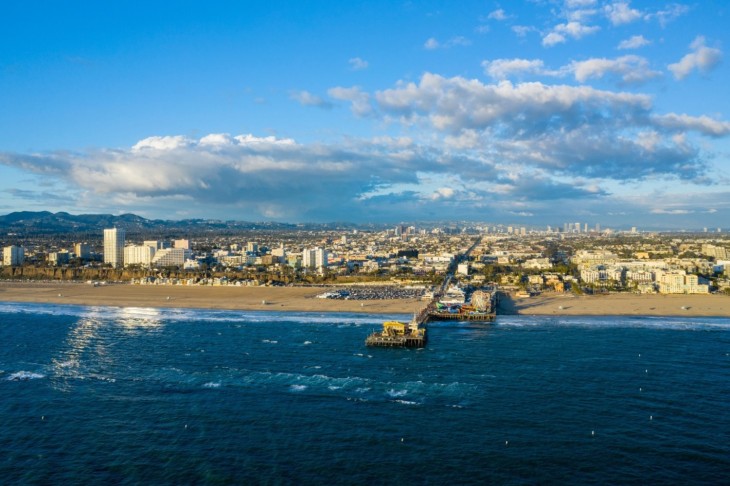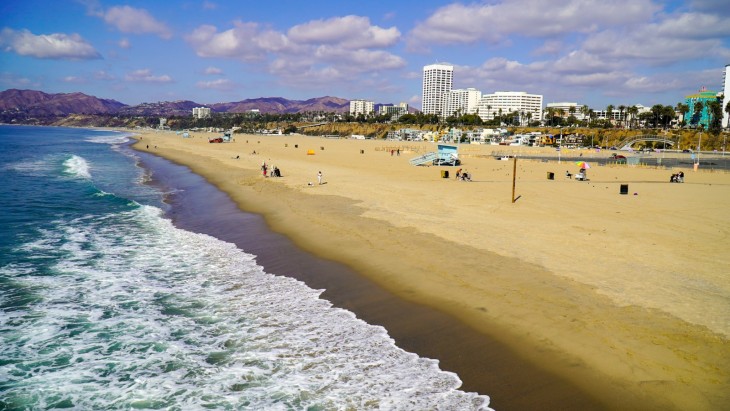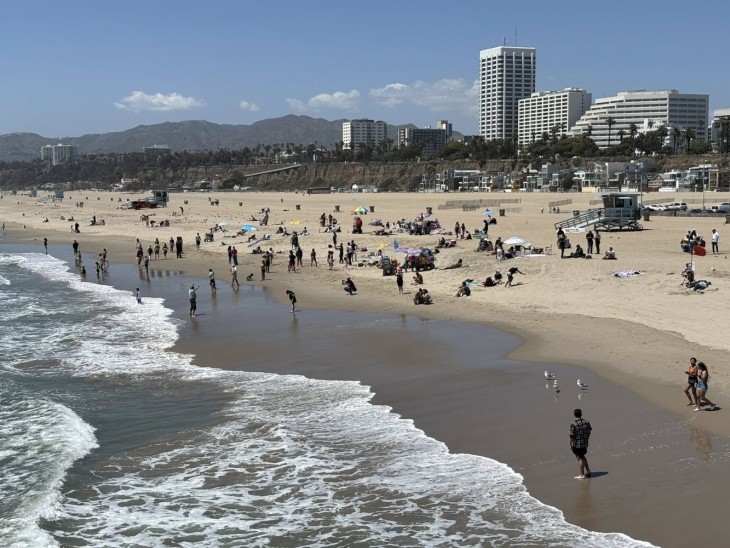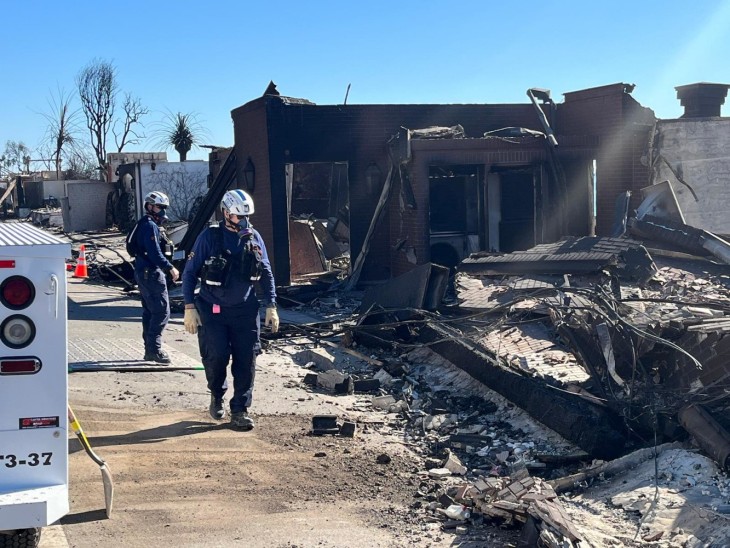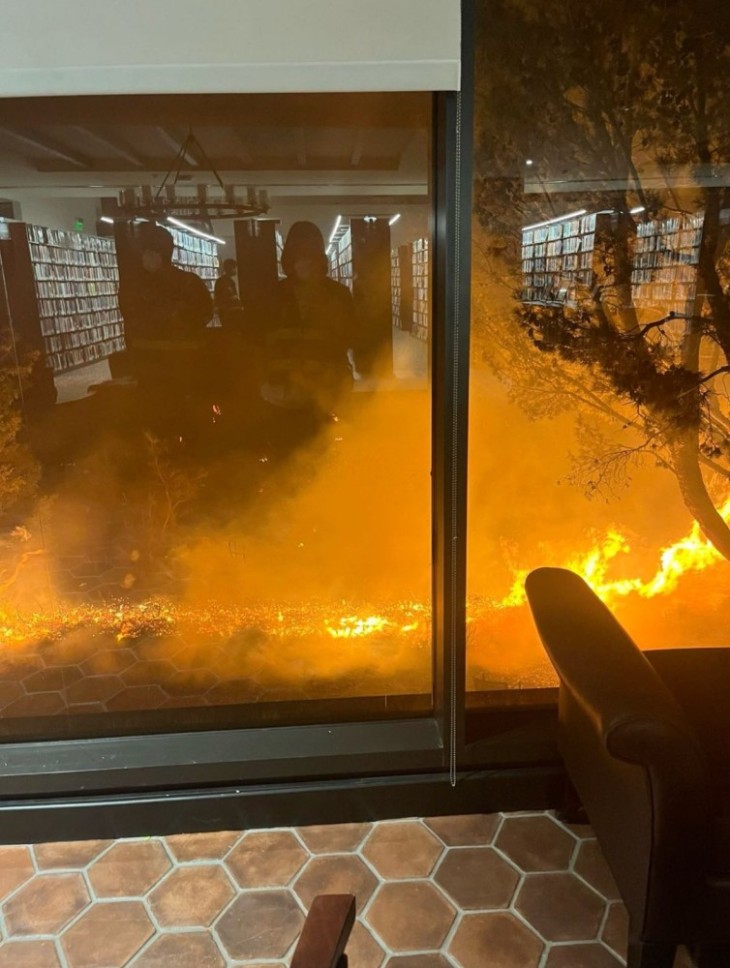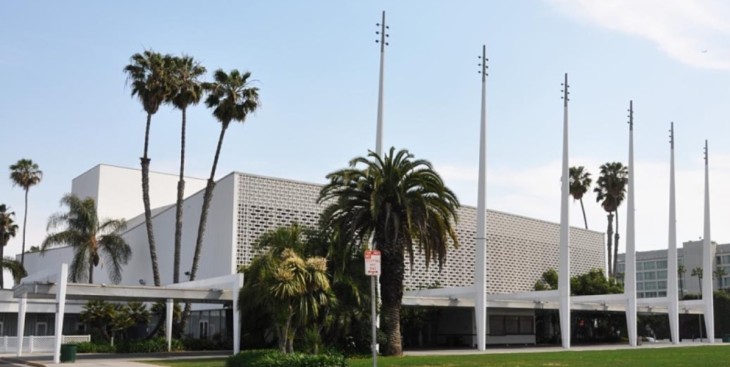There is absolutely no doubt about a few facts surrounding the gasoline price surge Californians experienced in late winter and early spring.
In March, California prices averaged 84 cents per gallon higher than the national average of $2.54 per gallon, rising to $3.38 after a wintertime dip.
That meant Californians spent $34 million per day more for their gas that month than they would have in most other places. For the month of March, the extra tab came to more than $1 billion from California pocketbooks, or an average of $43 per driver. No one yet knows how much extra the similar price spike of late April has cost.
There is some disagreement over why things occurred as they did late last winter. Oil companies maintain their usual springtime refinery maintenance and the shift from winter to summer fuel formulas was a prime part of the cost. They also argue that California gasoline taxes are higher than those elsewhere.
These are certainly factors, but they don’t come near to accounting for the difference between California prices and those in the rest of the Lower 48 states (prices on the U.S. mainland should never be compared with costs in Hawaii and Alaska, where distance from refineries raises prices greatly).
Gas taxes account for less than one-fourth of the price differential, or about 15 cents per gallon higher than elsewhere, according to UC Berkeley’s Haas School of Business. The changeover in fuel composition can also account for a little, perhaps as much as another 10 percent of the differential. That leaves oil companies to answer for about 70 percent of the price difference, about $1.4 billion out of the $2 billion additional that Californians paid for gasoline between Jan. 15 and April 1.
The Consumer Watchdog advocacy group, most often associated with its longtime effort to keep insurance prices down, says the price differential has a lot to do with supply and demand. The group singles out steadily low gasoline inventories kept on hand by oil companies as a major factor.
“These companies keep California running on empty so that when a refinery goes down, gasoline prices go way up,” says Jamie Court, Consumer Watchdog president. “With crude oil prices at historic lows and national gasoline prices stable, California oil refiners need to answer for the $1 billion extra they charged in March. The Legislature should demand the companies explain their billion-dollar bonanza.”
For sure, refiners keep California inventories low, with only about a 10.7-day supply on hand at most times, according to a seven-page report produced by Consumer Watchdog. The average inventory in the rest of the nation would last about 18 days.
Which means that when refineries shut down, as Tesoro’s Martinez facility did in February and Exxon’s Torrance plant did soon after, panic can set in, with gouging one result.
Domination of the California market by just two companies – between them, Chevron and Tesoro (often marketed under the Shell emblem) control 55 percent of the state’s gasoline market – also contributes. Altogether, four companies provide 76 percent of California gasoline. That consolidation is the main reason the number of refineries in this state dropped from 30 to 11 over the last 33 years. It is probably no coincidence that prices at stations like Flying J and Pilot, run by an “outsider” company – often run well below those at the major brands.
These facts this spring led Tom Steyer, a financier, venture capitalist and environmental activist considering a 2018 run for governor, to suggest state lawmakers demand answers to questions like these two: 1) Why do refiners keep so much less gasoline on hand here than in the rest of America? And 2) Why don’t refineries that do not close step up production when it becomes clear supplies are dropping?
Another question he might have added: Why should oil companies not be prosecuted for gouging when fully 34 percent of what they charged in March (according to the California Energy Commission) went for refinery costs and profits?
If state lawmakers don’t demand answers to these questions and more, they will be derelict in their duty and provide oil companies an open invitation to gouge Californians even more the next time there’s any problem at one of the few remaining refineries.




